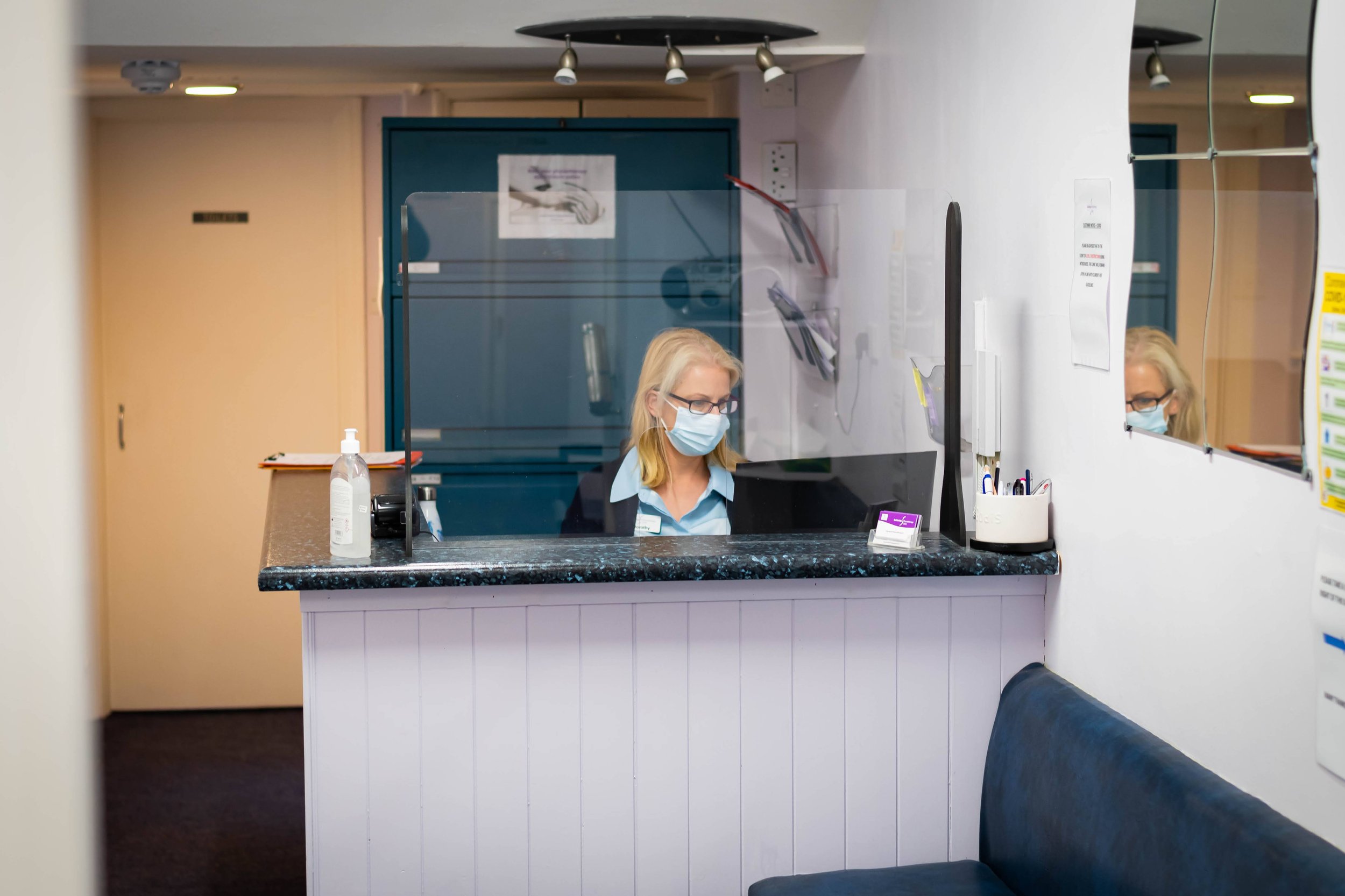Running Clinic
“I recently attended treatment with David Richards in Ballsbridge Physiotherapy Clinic. Part of my treatment involved a running gait analysis which identified inefficiencies in my running style which needed to be corrected to avoid a repetition of my injury.
With David’s reassurance and through a combination of localised therapy, gait and posture awareness I was put on a graduated running programme which was tracked on video and emailed to me after each session.
The result is that I have now adapted a more efficient running style, reduced my injury risk and more than ever I am enjoying my running again! I would highly recommend Ballsbridge Physiotherapy Clinic to my fellow runners.”
— Martin Treacy, Clonliffe Harriers AC
Did you know?
The incidence of leg and foot running injuries in published reports ranges from 20-79%.
The most common site of running-related injuries is the knee followed by the shin, Achilles’ tendon, calf, and heel.
27-33% of running-related injuries are due to over-use or over-load.
Problems arise with the three Ts: Too much, Too soon, Too far.
What do you do to avoid or overcome these problems?
If you are interested in learning more about running gait and want to minimise the risk of running associated injury, why not book an assessment with one of our experienced Physiotherapists?
This session includes:
A regular history taking and assessment of movement.
Corrective exercise programme for any relevant faults identified.
Advice on specific training targets and managing your training load so that you can run that race!
If you have a specific joint or soft tissue injury, see our Injuries and Conditions section for more specific information. We can help with those too.
-
Running is the cheapest and most available form of exercise; you just need some shoes! Most people start for health and fitness reasons, or as part of a weight loss plan. Some meet in groups or clubs and enjoy the social aspect or as part of training for other sports and activities. Some run to compete or just switch off at the end of the day.
-
Do you carry on regardless? Do you rest from running for a while and then return, then rest again when the pain comes back – because it usually does! Do you see your doctor or Therapist, take some anti-inflammatories, and do some stretches then go back to running to find that the pain comes back – because it usually does! Or, do you give up running altogether?
-
The most likely answer is no-one. Even talented and elite runners with years of competition experience may have never been taught the fundamentals of how to run and may have developed inefficient techniques.
-
By changing the way, the legs and feet move and their interaction with the ground, by changing the direction of the forces that act on the body it is possible not only to change the way you run and become more efficient but you can also reduce your injury risk significantly.
-
Current evidence suggests that it is not what is in our shoes or the type of trainers we wear that changes the forces and the way we run, but the individual’s control of their trunk, pelvis and hips and their interaction with the ground that makes the difference. There would be no point in repeatedly changing the worn tires on your car if the steering tracking was out and had not been fixed!
-
At Ballsbridge Physiotherapy Clinic we use our years of experience working in elite sports coupled with current concepts of evidence-based rehabilitation to fully assess the way you stand, move and run.
Depending on the findings of the assessment you will be given running re-education strategies aimed at making your running style more efficient.
-
You will be given a graduated programme to allow your central nervous system to get used to the new way of moving, and to allow any existing injuries to fully rehabilitate. This may take some weeks, but it is dependent on how much effort you put into the changes and the level of change you need to make.
-
Running gait and muscle activation change with cadence, external focus i.e., running after opponent or ball, type of sport, type of surface, change in direction and even footwear. At Ballsbridge Physiotherapy Clinic we take a detailed history and will ask you what your goals are in respect of returning to play, adapting your drills and exercises accordingly to consider the needs of your sport.
Common Sports Injuries
See full list of Services

Contact us.
We offer virtual physiotherapy consultations for those unable to visit in person. Get expert advice and support from the comfort of your home.







